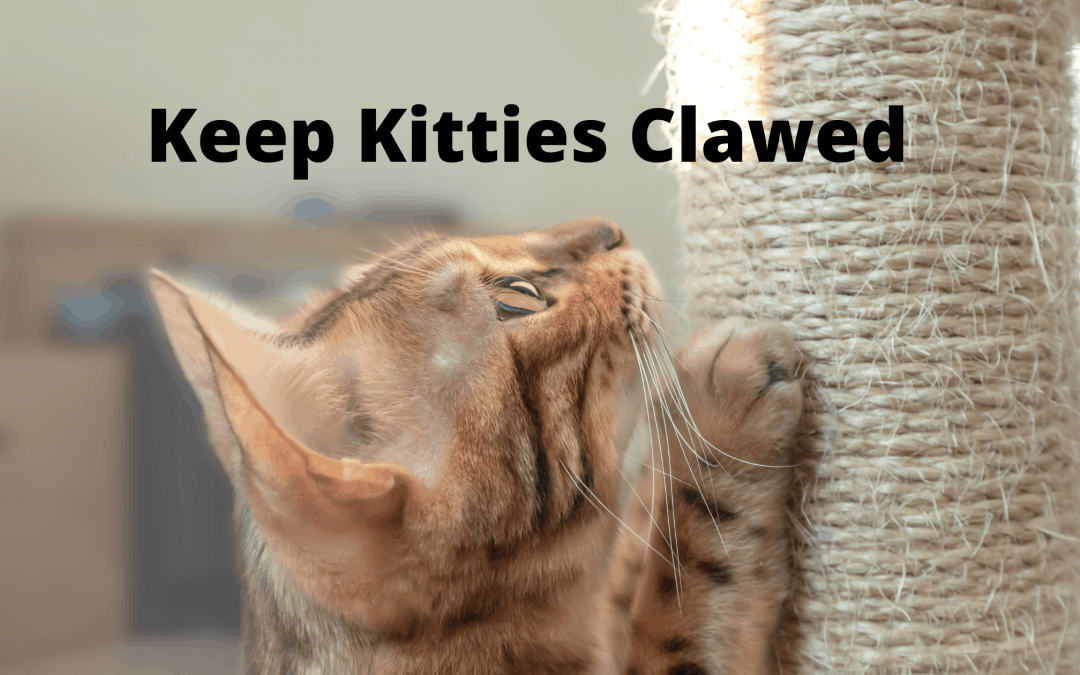Keep Kitties Clawed
By Vanessa Tolentino
A large worry that prospective cat owners face is the destruction of furniture as well as the safety of their families. Cats are naturally equipped with weapons: their claws! Along with their reputation for being temperamental, cats are sometimes viewed as dangerous. Some people may believe an easy fix to avoid getting scratched is to simply declaw their cats. That gets rid of the problem, right? Wrong! Declawing a cat is an inhuman practice that does more harm to the kitty than good. In fact declawing a cat is a painful and life-altering procedure. I won’t be the first one to tell you that to declaw a cat is the same thing as cutting off your own fingers at the last knuckle. You wouldn’t like that, would you?
Scratching
Scratching is completely normal behavior for cats. In fact, it is part of their grooming process, similar to how humans trim their nails. Scratching on surfaces allows cats to shed the outer layer of their claws. Even the most docile of kitties require a place where they can stretch. The most probable reason as to why they end up turning to your sofa or dining room chairs is likely because they don’t have a sufficient outlet such as a scratching post.
Providing your cat with different places where they can scratch is the first thing you should do if you find that they are tearing up your furniture. Of course, there are many different types of scratching posts suitable for any size of living space.
They are made from many different materials from cardboard to carpet and everything in between. It is a good idea to provide your cat with different types of scratching posts to determine what material they like to scratch on most.
Problems with Declawing:
Unfortunately, Cats who have been declawed often display behavioural issues. Declawed cats can become aggressive and may be prone to biting or attacking more frequently. The process of declawing a cat is painful as it is literally the amputation of a part of their paws. As well, cats that have been declawed may develop back pain.
Nevertheless, there are many alternatives to declawing that you should consider. No kitty should go through the trauma of having an unnecessary surgical procedure. Along with scratching posts, you may also consider behavior training by rewarding your cat when they scratch on appropriate surfaces. There are special types of tape that can be placed on furniture that stick to your cat’s paws, deterring them from scratching that area. You can also use catnip as a way to attract them to a preferred scratch surface. Checkout our catnip blog for catnip details.
Additionally, you can purchase claw caps which are soft plastic caps that are glued to your cat’s claws. Veterinary clinics can often put these onto your kitty for a small fee. Claw caps are a safe way to keep your cat from scratching up furniture and also people. They are meant to naturally fall off with the shedding of the cat’s claw.
Ultimately, cat owners should consult their vets before deciding on any medical procedure. Your vet should be able to work alongside you to determine the best course of action for your pet and should provide you with different solutions to your kitty’s scratching problems.





Recent Comments